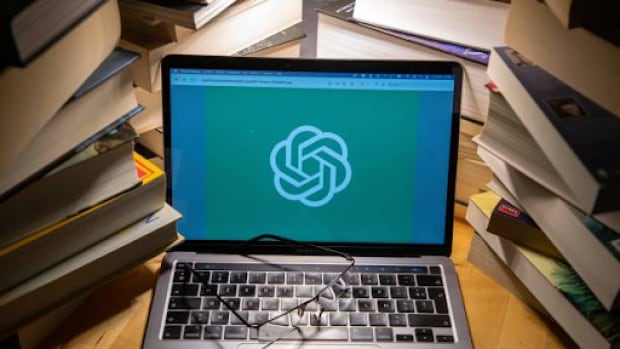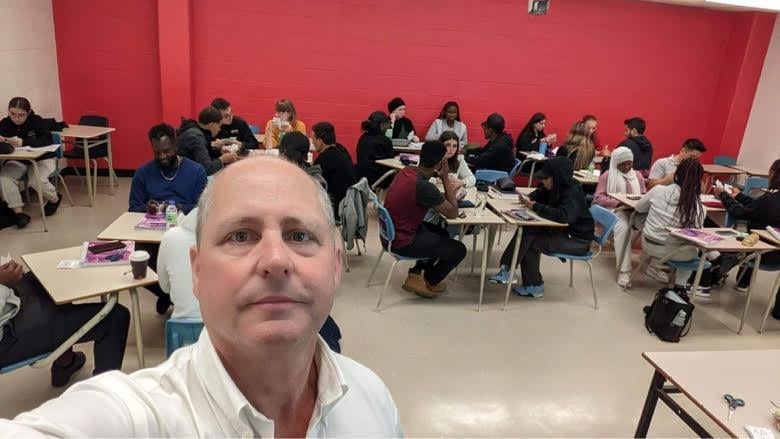
Not a day has gone by in recent months where Nicholas Walker doesn’t get stopped by a fellow teacher in the halls of Collège Ahuntsic in Montreal’s north end, or receive an email about ChatGPT.
“They’re terrified,” said Walker, who teaches English as a second language.
The teachers who come to see Walker are scared of how ChatGPT — an artificial intelligence chat software that can generate original, human-like responses in a matter of seconds — is being used by their students.
Since OpenAI made waves in January with its chatbot, the technology behind the latest version, GPT-4 — released in mid March — has quickly evolved.
This week, an open letter called on AI labs to hit the brakes on training AI systems more powerful than GPT-4. It was signed by the likes of Yoshua Bengio, founder and scientific cirector at Mila — an AI research institute based in Montreal — Apple co-founder Steve Wozniak and Tesla CEO Elon Musk.
Faced with evolving AI, some teachers in Quebec’s schools are changing the way they teach or using bots of their own to stay ahead of the cat-and-mouse game of plagiarism.

‘My robot versus your robot’
Walker is optimistic about the role of AI in this classroom. He believes the chatbot can be is a positive force, in particular by giving students instant feedback on their writing.
But many of his colleagues don’t share his enthusiasm.
“The students are really excited about how ChatGPT can help them improve their writing, and teachers are just utterly beside themselves with concern,” he said.
Walker owns several websites dedicated to helping students learn English, but one site in particular is getting attention these days. As a feature of the site, the site includes a ChatGPT Zero function, a software to detect whether a text was written using ChatGPT.
Two of his colleagues who use the detection software concluded that up to a quarter of students’ written assignments were generated by ChatGPT and they now insist students do work in class under supervision, he said.
“So now the teachers have their robots battling students and their robots,” said Walker.
The detector’s results are not always clear-cut and teachers are reluctant to accuse a student of plagiarism unless they can be absolutely certain.
“They don’t want to get into conflict with students. Wildly accusing people of academic fraud is serious, right? And the second conflict that teachers are trying to avoid is with the administration. It’s uncertain territory.”
‘Surviving ChatGPT’
Andrew Piper, professor in the department of languages, literatures and cultures at McGill University, is taken back by how fast the chatbot has evolved in the span of months.
Since the inception of ChatGPT, Piper has had multiple students submit work done by the chatbot. The emergence of the technology has meant that he now has to consider its potential use by students when assigning work for his courses.
“If I create a writing assignment, I have to think about how GPT could intersect with that writing assignment and how I can structure it so that they can’t just do the assignment with the push of a button,” he said.
Still, Piper believes only a small minority of students abuse the technology, which he said is an old problem reflected in a new tool.
Like Walker, Piper would rather embrace AI than ban it from his classroom.
“The technology is only getting more and more integral to everyday life and in our near future, which means we need to understand it better,” Piper said.
He uses it as a research tool, describing it as a potential “game changer” in the study of creativity, structure and language in storytelling models.
Getting around chatbots and their future iterations will require a radical transformation of how students are tested, said Walker, which means shifting to more collaborative, process-based methods of evaluation.
“This is how teachers are going to survive this,” he said.